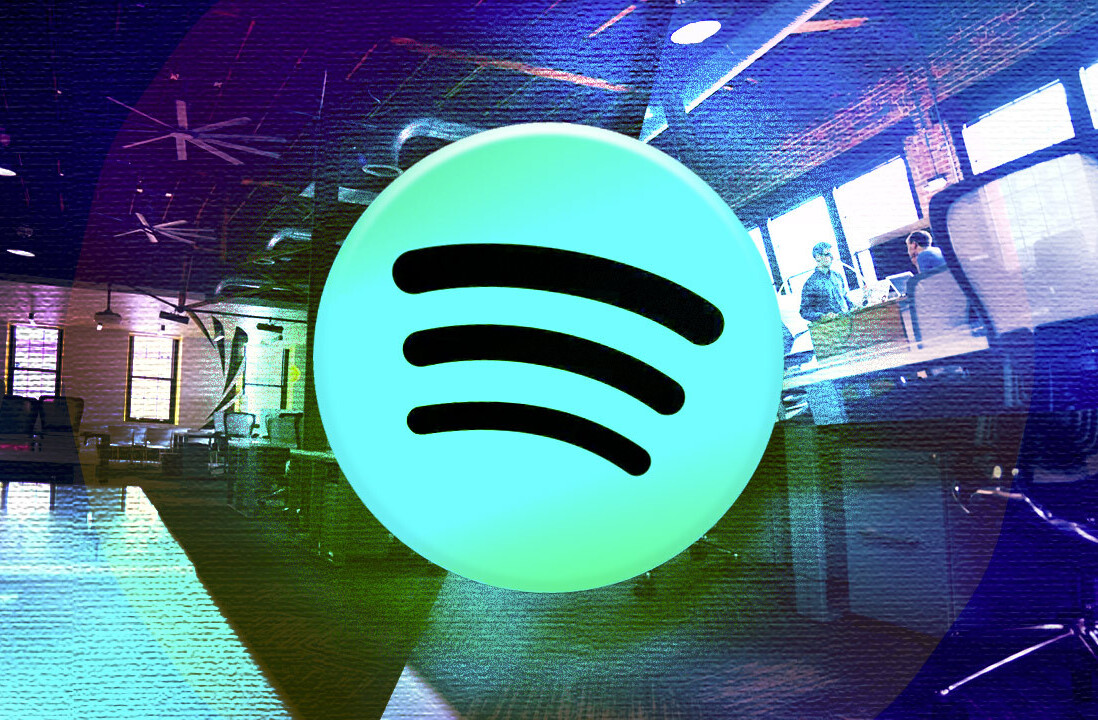
You might already be skeptical. I don’t blame you.
Because even when it comes to the word “perfect,” it’s subjective based on the results you’re looking for.
But in this guide, I’ll start with the elements that every single content idea should have in order to greatly increase its chances of success. You can use it as a checklist when vetting ideas after you’ve done your brainstorming.
Of course, even a perfect content idea might not thrive in the wild for various reasons. But it’s our job as content marketers to put the best work we can out there.
[Read: Most mobile apps suck — here’s how to fix them]
It has an emotional element
That which is inherently emotional is so much more powerful. Think of your strongest memories, your favorite movies, or your most-played song. Odds are, there are emotions at work that make those things so impactful.
The same goes for all content. Studies show there are 27 distinct human emotions, and if you can incorporate some into what you’re creating, you’re much more likely to resonate with people.
Take a project we created for our client Porch.com, for example, in which we surveyed 1,000+ people about their home improvement plans for 2020. (Of course, no one saw COVID-19 coming…)
Various well-known publishers covered the survey, and just from the headlines alone, you can identify what emotions that were present in the project they’ve decided to tap into:
This angle is all about aspiration and hope. This take on the project allows people to see what they can potentially have.
This take, on the other hand, taps into financial fears. Finance may seem like a dry topic, but in reality, it’s rife with emotions like anxiety. Our team recognized this and even created a graphic about stress specifically.
The more cognizant you are of the emotional components involved in your content, the more you can tap into them when building it out.
It provides one of the Vs: value, validation, voice
Value is cited often, including by me, as something you should always consider when creating content. What value are you providing to a reader? What will they get after consuming the content? How are you benefiting them?
During the COVID-19 toilet paper scare, this toilet paper calculator got coverage on CNN. It has a very specific goal: Help people determine how long their toilet paper supply would last in quarantine.
Sometimes value isn’t as explicit, though, especially with more entertaining content. Sure, entertainment is a value on its own, but it doesn’t feel like it belongs in the same “value” category. That’s where validation and voice come in.
Validation is about reaffirming people’s beliefs with evidence. People like to see proof that something they’ve held to be true in fact is.
For example, many people think “dad bods” are attractive, and a Planet Fitness survey confirming that viewpoint received coverage in Men’s Health.
Does this survey provide a ton of value? Not really. But it does make people who are attracted to dad bods feel a little more validated.
Voice overlaps with validation, but it has its own characteristics. It communicates a certain perspective and makes a certain audience feel like they’re being heard. Sometimes “voice”-centered pieces can provide validation, but other times it can offer a brand new and/or contradictory viewpoint. Regardless, “voice” content provides insight into a bigger topic or idea.
It doesn’t always have to be one person or group’s voice. Data can “speak” the truth, as well.
A project we put together for our client FundRocket explored the businesses started by naturalized citizens.
Look how the project was covered in Business News Daily:
This content is giving a voice to people who’ve said for years that immigrants contribute positively to the American economy.
So, when creating content, ask yourself: Is it providing value, validation, or voice? And if not, how can it?
It’s easy to understand
Easy to understand should not be confused with easy. I don’t like it when people suggest “dumbing down” content. Don’t hesitate to tackle complicated topics because you fear they’ll be too complex for your audience.
In fact, it’s your job to make convoluted topics easier to comprehend. This is one of the cornerstones of journalism: making topics accessible to the reader. If something is complicated but important, make it your responsibility to communicate the information in an easier-to-understand way. If you’re the first to do so, you’ll have the bonus of already creating uniquely valuable content.
Headspace is a great example. Their tagline is, “Meditation and sleep made simple.” Simplifying concepts is baked into their core branding.
Look at how they sum up the impact of meditation in a minute.
Headspace thrives on using animation and analogies to get their point across, and with great success. This video alone has more than 25 million views! It goes to show that people appreciate succinct, straightforward explanations.
When considering how to make concepts easier-to-understand, think about:
- The actual content of your message. Are you getting the primary points across? Can you provide examples or analogies that illustrate the concept?
- The structure of your message. Are things outlined clearly? Can people follow along easily?
- The content type. Would an interactive better help communicate this idea? A video? A simple listicle?
The more you focus on making content easy to digest, the more likely it’ll be received well.
Conclusion
There are plenty of other characteristics of great content, but these are the elements that, in my experience, all excellent content must possess in order to be appreciated by an audience.
Use this as a checklist when you’re creating content and then create additional criteria to check for based on your content’s goals and target audience.
So you like our media brand Growth Quarters? You should join our Growth Quarters event track at TNW2020, where you’ll hear how the most successful founders kickstarted and grew their companies.
Get the TNW newsletter
Get the most important tech news in your inbox each week.





